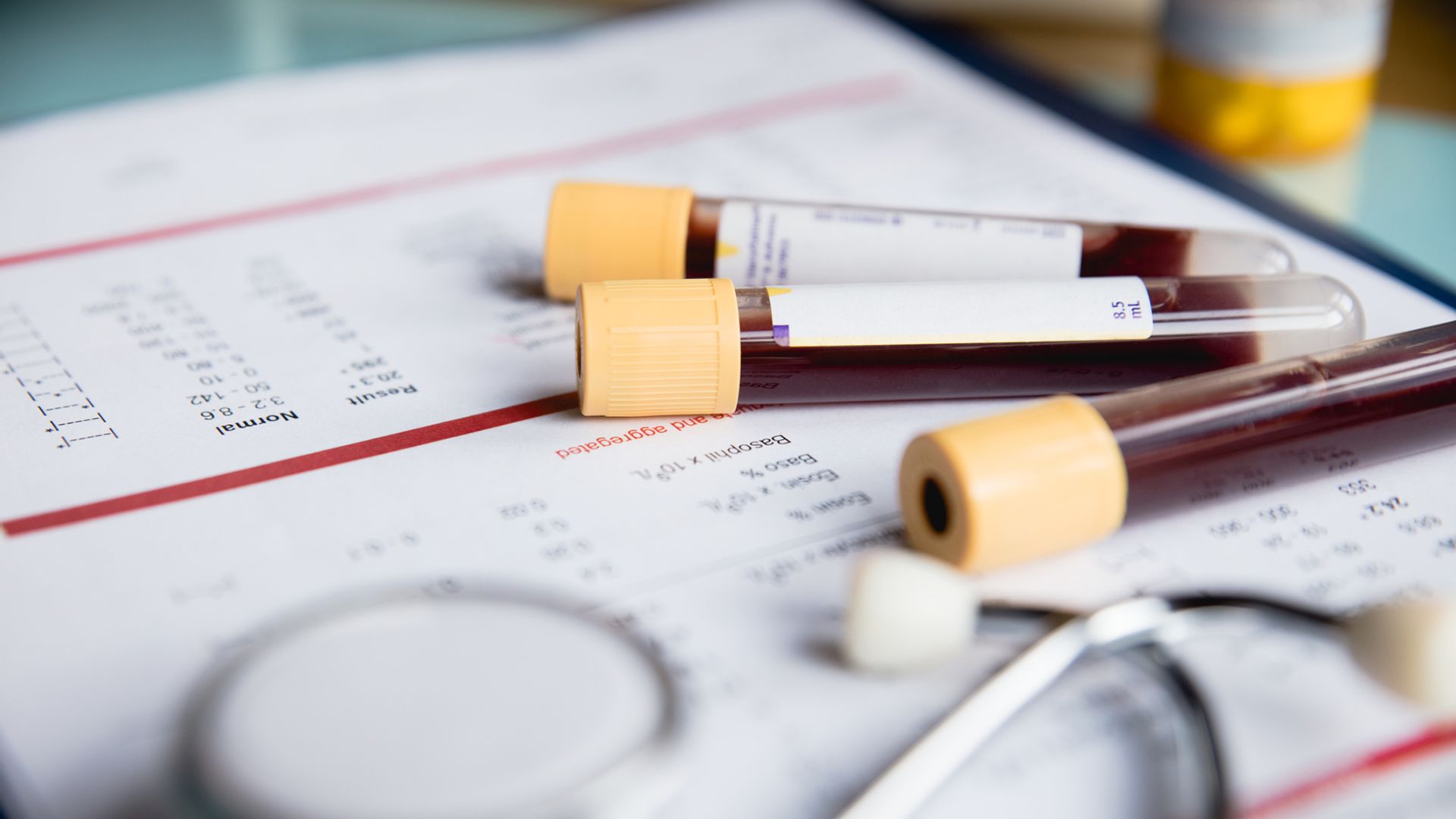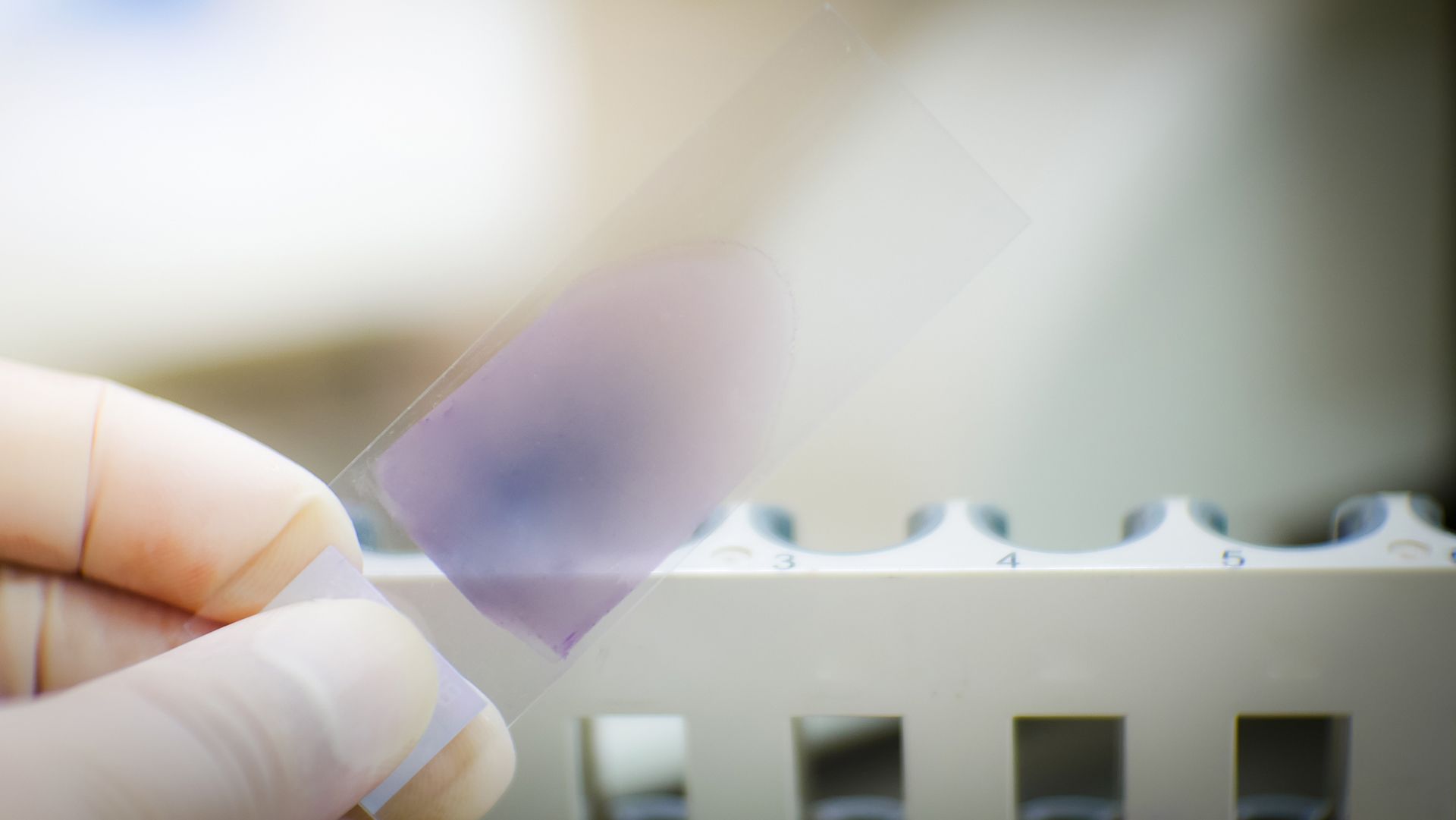Leukemias are cancers that begin in the tissues that make blood cells.
Chronic myeloid leukemia (CML) develops when myeloid white blood cells begin to grow uncontrollably. In most cases, the disease progresses slowly. However, CML can progress more rapidly when it reaches more advanced phases.
Below are answers to some common questions about CML.
How common is CML?
In the U.S., a person’s odds of having CML are 1 in 526. The majority of people who have CML are adults, and the disease is rare among children. CML accounts for roughly 15 percent of all cases of leukemia.
What is the difference between CML and AML?
Acute myeloid leukemia (AML) is another type of myeloid leukemia. Leukemias are named based on the type of white blood cell the cancer affects and whether the cancer is chronic or acute. Chronic leukemias progress more slowly. Acute leukemias progress more quickly. With AML, the number of white blood cells increases at a more rapid pace and the cancerous cells mutate more frequently.
What are the phases of CML?
Chronic myeloid leukemia does not follow a numbered staging system like many other cancers. Instead, CML is grouped into three different phases—chronic phase, accelerated phase, and blast phase (also called blast crisis).
When assigning a phase, healthcare providers will take into account the percentage of specific types of white blood cells found in blood samples and bone marrow samples. This includes blast cells, immature white blood cells that are found in higher amounts in people who have myeloid leukemia. Other factors that are considered include platelet counts, anemia, if the person has an enlarged spleen, genetic mutations in CML cells, and symptoms being caused by CML.
The majority of people with CML are diagnosed in the chronic phase. In the accelerated and blast cell phases, the CML may behave more like AML, progressing at a more rapid pace.
What is the treatment for chronic phase CML?
While treatment decisions may take into account many different factors, certain therapies are more commonly used at different phases. The mainstay of treatment for chronic phase CML are targeted therapy drugs called tyrosine kinase inhibitors, or TKIs. While TKIs have not been shown to cure CML or put the cancer into permanent remission, many people with CML are able to achieve long-term control over the disease with TKIs. If the CML does not respond to treatment with a TKI, healthcare providers may recommend a higher dose, a different TKI drug, chemotherapy, or in rare cases, stem cell transplant.
What are the treatments for accelerated and blast phase CML?
Treatment for advanced phase CML is typically more challenging. Healthcare providers will test for new genetic mutations that can help decide what therapies have a better chance of response. Different TKIs, chemotherapy, and stem cell transplant may be used, with the goal of bringing CML back to chronic phase. People with accelerated phase or blast phase CML may also consider joining a clinical trial.






